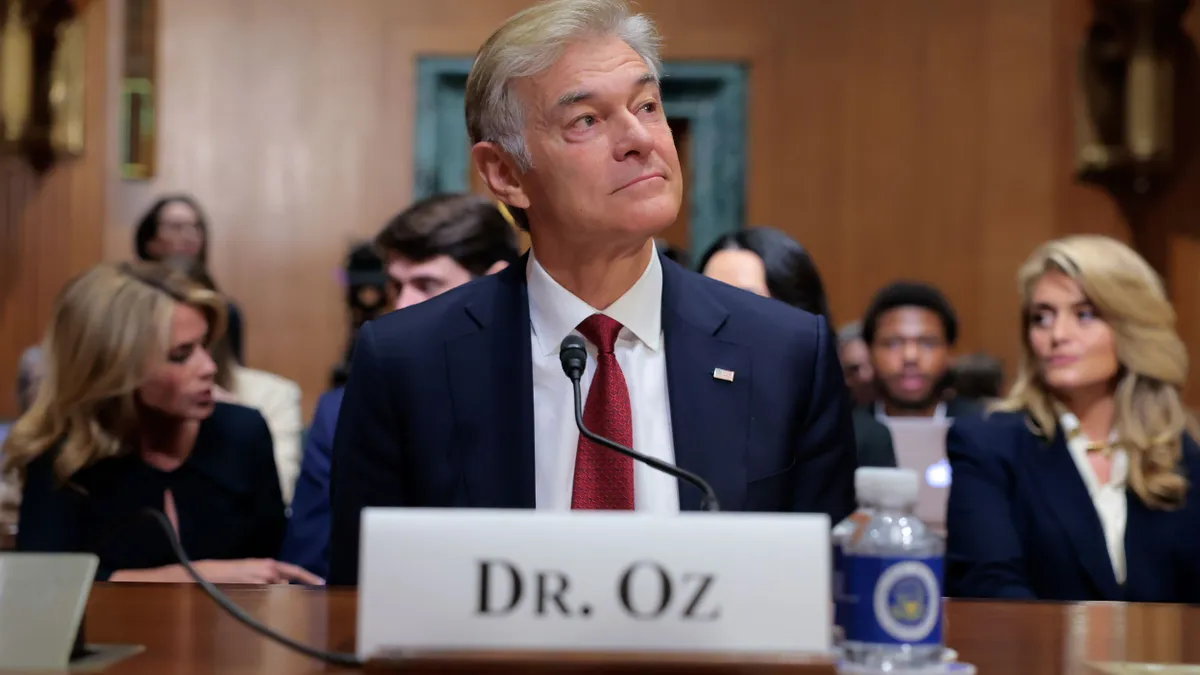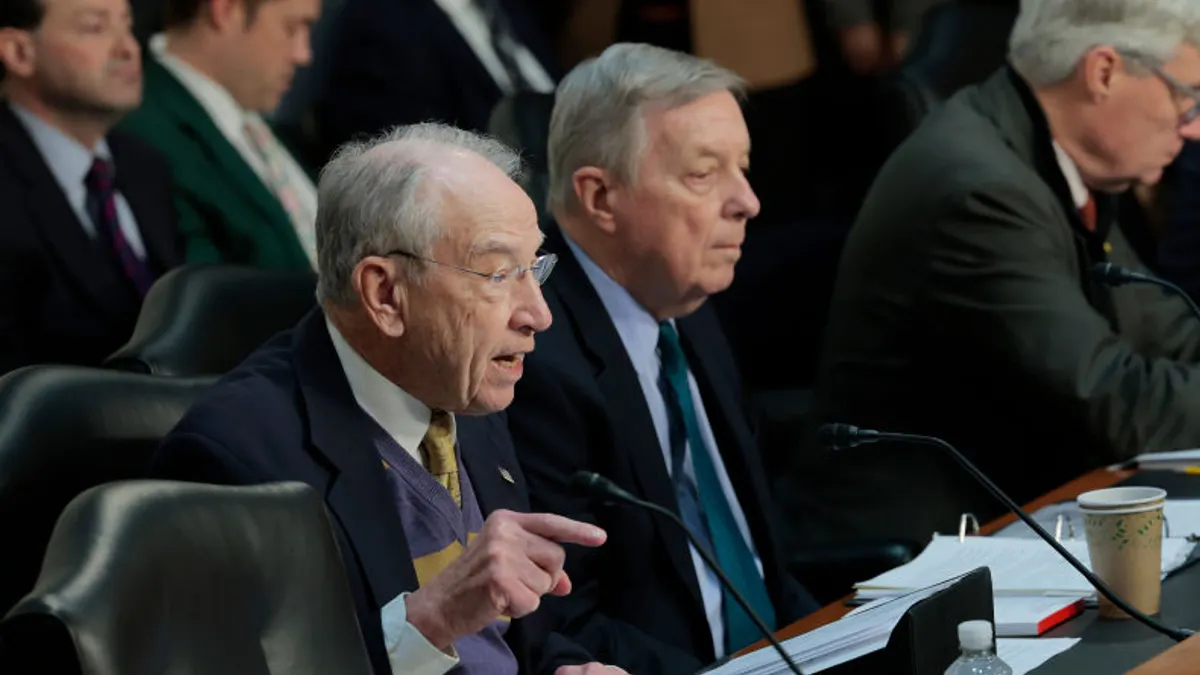Dive Brief:
- Medicaid enrollment declined this year as states ended pandemic-era continuous enrollment policies, but spending rose — and looming cuts to the safety-net insurance program means more cost pressures are on the horizon, according to a report published Thursday by KFF.
- Enrollment fell 7.6% in fiscal year 2025, and it’s expected to be largely flat in fiscal year 2026, according to the survey of state Medicaid directors. Meanwhile, total spending grew by 8.6% in 2025, and costs are projected to grow by 7.9% in 2026.
- Provider rate hikes and greater health needs among beneficiaries alongside rising costs for long-term care, pharmacy benefits and behavioral healthcare are the biggest drivers of increased spending, states said.
Dive Insight:
State Medicaid programs are managing a “new normal” as policies enacted during the COVID-19 pandemic expire and the sector looks ahead to a significant decrease in federal healthcare spending, according to the survey.
For example, states received more generous federal funds to keep Medicaid beneficiaries continuously enrolled in the safety-net insurance program during the public health emergency, driving enrollment to new heights.
But those policies ended in 2023. States then began redetermining the eligibility of beneficiaries on their Medicaid rolls, removing millions of people from the insurance across the country.
Medicaid programs had finished the process midway through fiscal year 2025, with enrollment down 18% from March 2023, according to KFF. Still, that enrollment total is 9% higher than February 2020.
Two-thirds of states said unwinding the continuous enrollment policies was the most significant driver of enrollment declines in fiscal year 2025, according to the health policy researcher’s survey.
Medicaid enrollment declines in FY 2025 as spending rises
But there were other factors driving more enrollment. Nearly half of respondents reported other policies expanding eligibility — like continuous enrollment for children and extended postpartum coverage — put upward pressure on Medicaid enrollment. However, the Trump administration has since moved to stop approving or extending waivers for continuous enrollment policies.
Plus, about a quarter of states said increased use of long-term care is pushing more enrollment, as some states see their populations age.
Meanwhile, states pointed to several trends driving higher Medicaid spending. For example, nearly half said enrollees who remained in the program after redeterminations had greater health needs and utilized more services than those who were disenrolled.
Additionally, more than half said increased rates for providers for managed care plans pressured spending in 2025, 2026 or both. And one-third of states said rising long-term care enrollment and utilization, as well as increasing pharmacy costs are driving more spending.
Now, state Medicaid programs are facing more policy change in the wake of the One Big Beautiful Bill Act passed this summer.
The massive tax and policy law will reduce federal Medicaid spending by $911 billion, through policies like work requirements, freezes on provider taxes and limits on state-directed payments. Millions of people will likely become uninsured as a result of the law.
The size of the Medicaid cuts and the otherwise challenging financial environment will make it hard for states to absorb or offset funding reductions, KFF said.
Nearly two-thirds of states said they saw at least a 50-50 chance they’d see a Medicaid budget shortfall in fiscal year 2026, according to the survey.















